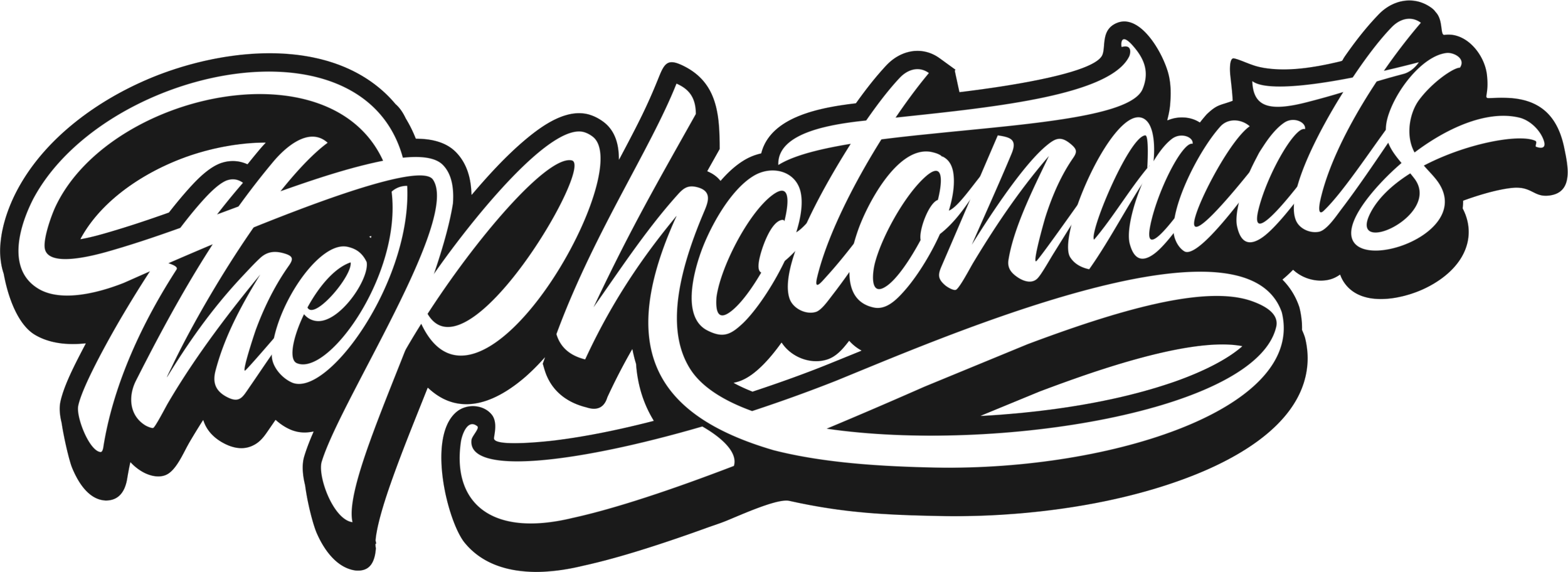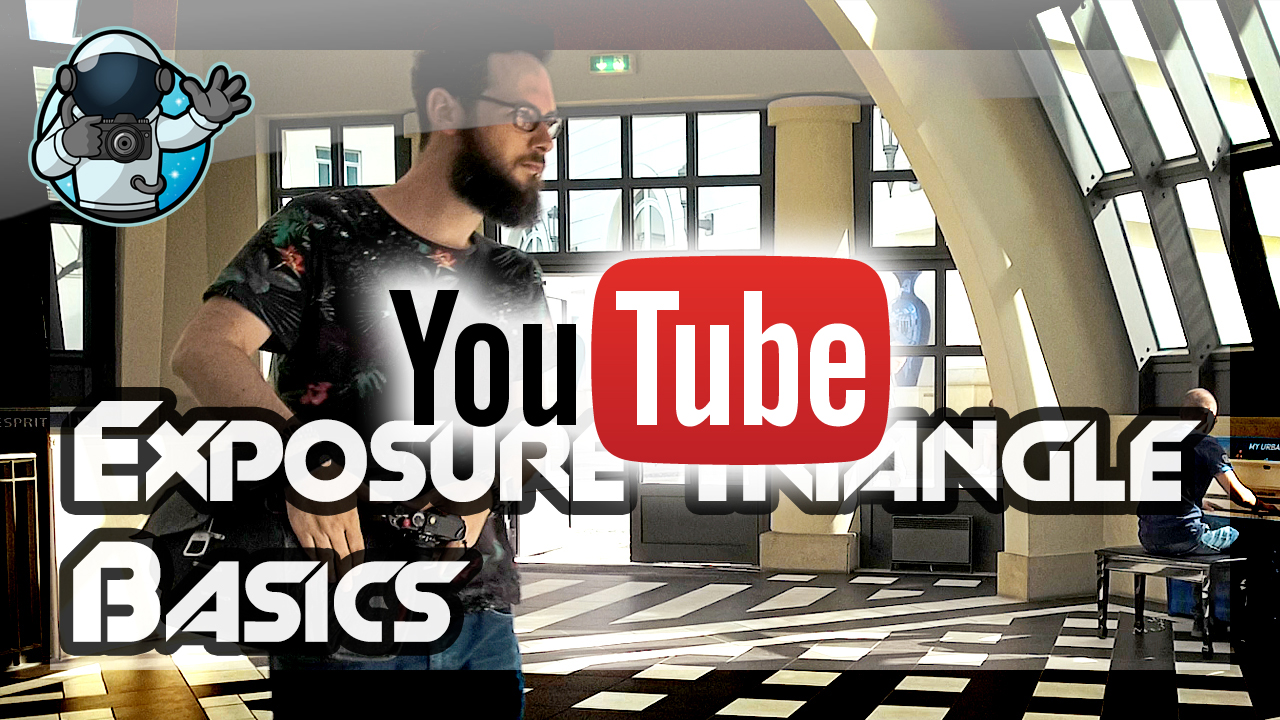Master the Exposure Triangle
Hey Photonauts!
I've uploaded a new video! Go check it over on the Youtubes! Get the basics of exposing photos manually by learning about the exposure triangle! Don't worry, it's really not that hard. Just keep practicing afterwards to really let it all sink in. Come back here after you watched the video!
Watched it? Good. Hope you liked it (and subscribed of course!) and learned a lot from it! This may seem like a lot of information in the beginning but it's not that much, honestly. Here's a short recap to give you an overview. This will be super short, but if you remember this and get the hang of it, you can basically do anything you ever want with your camera!
The exposure triangle consists of three settings: Aperture (f-stop), shutter speed (duration of the exposure) and ISO. Here's what they do:
- Aperture: The opening of the lens. The higher the number (like f/11 or f/16), the smaller the aperture and thus, the picture gets darker. The smaller the number (f/1.4 or f/2 for example), the more light it lets in, so the photo gets brighter. Also, the depth of field changes; shallower depth of field, meaning less parts of the photo are in focus, when you're opening up the aperture (remember, smaller number), and more will be in focus when you close it down.
- Shutter Speed: This is the duration of the exposure. The longer you expose, the more light hits the sensor and thus, the photo gets brighter. The shorter the exposure, the darker it will be. To freeze the action on the frame, when things are moving fast, you need to use a fast, meaning a short shutter speed, like 1/500th or 1/1000th of a second for example. If you want some movement to be visible by allowing a bit of motion blur, use longer exposure times, like 1/15th of a second when there's people in a shot or even a few seconds if you're on a tripod and want the clouds, cars or running water to completely blur out.
- ISO: This is the sensitivity of the sensor itself. The higher the number, the brighter the image will be, but the worse the image quality gets, as it becomes very noisy. The lower the ISO number, like 100 or 200 for example, the better the quality becomes, but the image gets darker. To use low ISO numbers, you need a lot of light, like direct sunlight or a powerful flash. It also helps to open up your aperture or use longer shutter speeds.
Here's all of this in one single image:
When you've learned this, the most important part is to learn to juggle with these three settings. Depending on the situation, you will need to compensate one setting with another one. The numbers you see in the picture above represent full stops, or exposure values (EV) as they're also called. One EV doubles or halves the amount of light in the picture. This means that if you change one of the three parameter by one EV, you can change one of the other two parameters in the opposite direction to get the exact same exposure, but with changed attributes from the settings respective side effects. After taking a shot, you might get some motion blur from a moving car for example. To freeze the moment, you would need to use a faster shutter speed. To still maintain the same exposure though, you would open up your aperture by the same amount in EV.
I could elaborate on this for hours, but I'll stop right here. If you want more of this, you should consider the e-book, which you find in the menu of the website! In there, there's more of this and everything else you need to start photography on the right foot!
Cheers,
Jan


